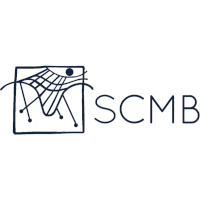Southeast Center for Mathematics and Biology 3rd Annual Symposium
The 3rd SCMB Annual Symposium is a free online event that will elevate and amplify the ongoing dialogue at the interface of mathematics and biology. The Symposium will host curated panels to highlight and dissect impactful interdisciplinary work from the math/bio community. Invited talks from all four NSF-Simons MathBioSys Research Centers will share compelling success …









